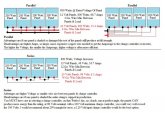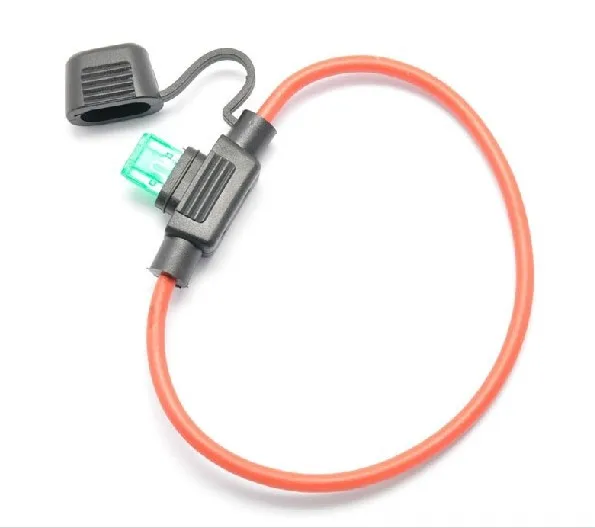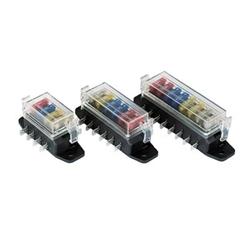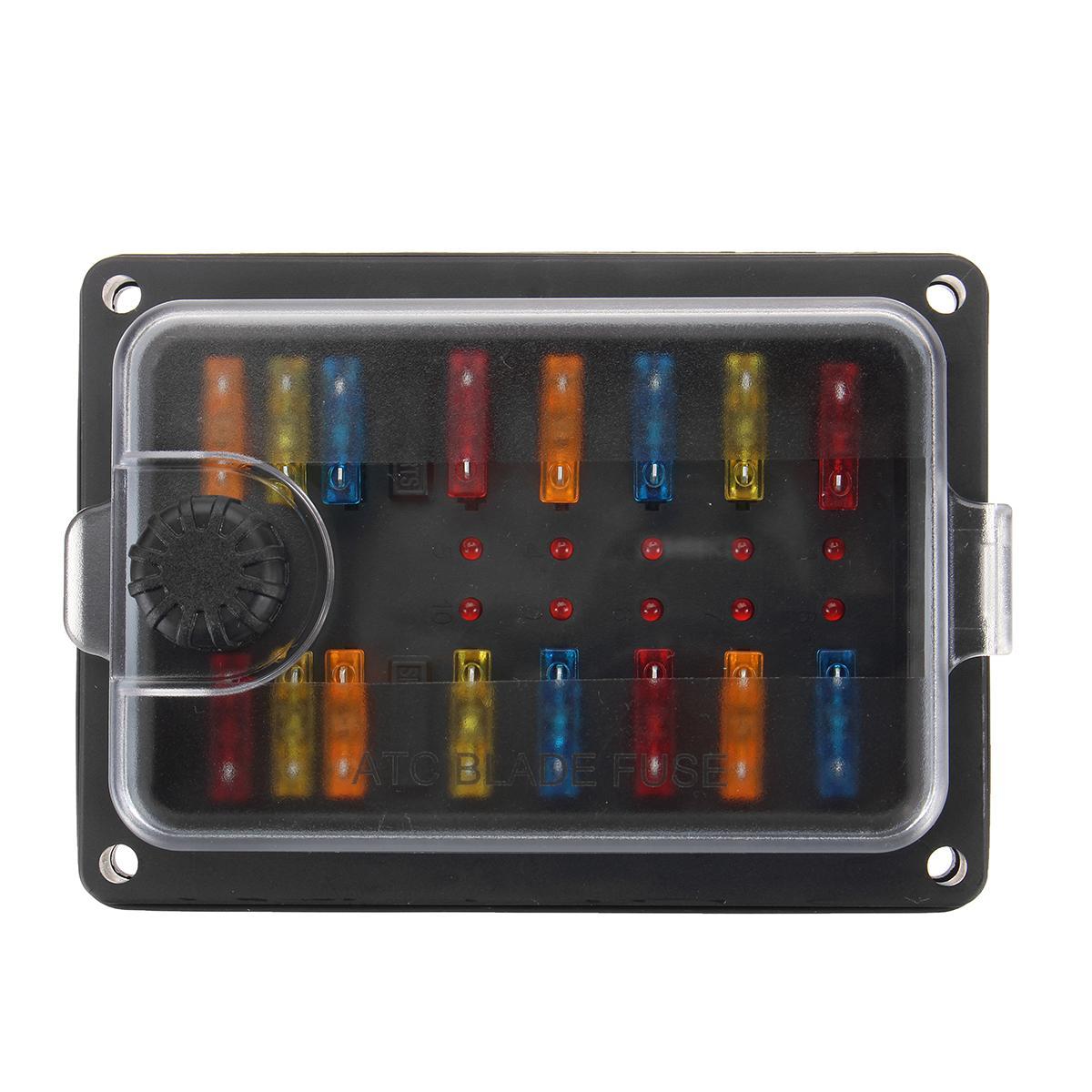So, jumping from back feeding and diodes to fusing?
Which is why I started with component FUNCTION in the first place...
As described, and shown in the image, and laid out in text...
A properly functioning panel, simply shaded, will NOT become a 'Load'.
A seriously DAMAGED panel *Could* become a Load in PARALLEL where it has access to full, combined AMPERAGE.
I have seen damaged panels scorch, carbon up, cook,
Never, not once seen one catch fire and burn, not even when struck by lightening...
I'm not aware of anything flammable in better quality (I think you called them "Reputable Manufacturers".
Diode losses at the panel,
A diode stops ANY back feeding, period...
Any panel damage CAN NOT be 'BACK FED' no matter how much amperage is in the combined line.
The circuit is one way, period.
And again, I'll point out when the diode is properly sized for the panel (Max Amp Rating) ANY over amp attempt at 'Back Feeding' from combined main lines, and the diode pops, opening the circuit just like a fuse.
While I have no objections at all to adding fuses to panels at all, a fuse isn't a one way blocking in diode...
And that brings us back around to CHECK/TEST/VERIFY EVERYTHING...
3, 5, 6, 8, 10, etc amp diodes are common, it's just too easy to size the diode to the panel,
A good time to fuse the panel also if you feel it's needed.
And I'll point out the diode,
First bocks ANY back feeding,
Second, sized correctly blows out BEFORE the wiring can melt/catch fire,
The blow out works just like fuse, opening the circuit.
In my opinion, since you are there anyway, adding a 5¢ fuse is pretty cheap insurance,
But I'm not driven to demand anyone to do this any specific way...
In Parallel, a diode at each panel drops line voltage a total of 1/2 to 1 volt TOTAL,
Acceptable losses...
-------
Series wiring, ONE diode per SERIES.
Where the SERIES hits the combiner, a diode, each diode drops total voltage 1/2 to 1 volt, acceptable losses.
One diode per panel will drop voltage AT EACH PANEL about 1/2 to 1 volt PER PANEL.
That's 1/2 to 1 volt PER PANEL,unacceptable losses for me, but folks can do what they want.
The same with One Fuse per Series string, since either the diode or fuse will open the circuit ENTIRELY,
Making any 'Potential' energy the string can produce to ZERO,
Open circuit means no danger.
There is MUCH LESS Amperage in a Series string, and amperage is what heats cables and starts fires.
-----------
Now, I've been doing this a LONG TIME, and I understand it fully...
I separate Series & Parallel and build for each, there is no 'Universal' way to do the wiring, just like components need to be sized specifically for the string/panel being used...
While common diodes, and fuses come in all different sizes, and are cheap,
The panel manufacturers have no idea in the world what *YOU* are going to do...
A common phenolic diode looks like this, and it's quite small.
As you can see they come in a number of Amperage limits so they can be sized specifically to the application.
At 6¢ to 35¢ each, no one has an excuse NOT to size diodes to the panels/application being used.
Now, when I'm wiring panels, I do something a little different,
I use a diode that fits in a fuse block.
When you do this about 25 years you learn that a fuse block makes a good combiner box,
With easy find, quick change components...
It also allows you to change configuration, expand in minutes WITHOUT being proprietary, not a slave to changing everything every time you want to make a change, add panels.
Lower cost than proprietary, and you aren't a slave to some company that charges 6 times the price for half the capability...
A quick change diode, runs about $1.50 each in bulk...
A quick change fuse,
A quick change fuse block, from small and indoor, even single string/single panel...
To big enough for any strings I know about, and waterproof...
With or without LED indicator that tell you what fuse/diode failed.
From under $5 topping out about $35, pretty affordable for your panel string combiners/panel protection.
-----------
Do things how ever you want to,
Dismiss ideas and take them off the table,
It doesn't make those ideas any less valid or workable.









